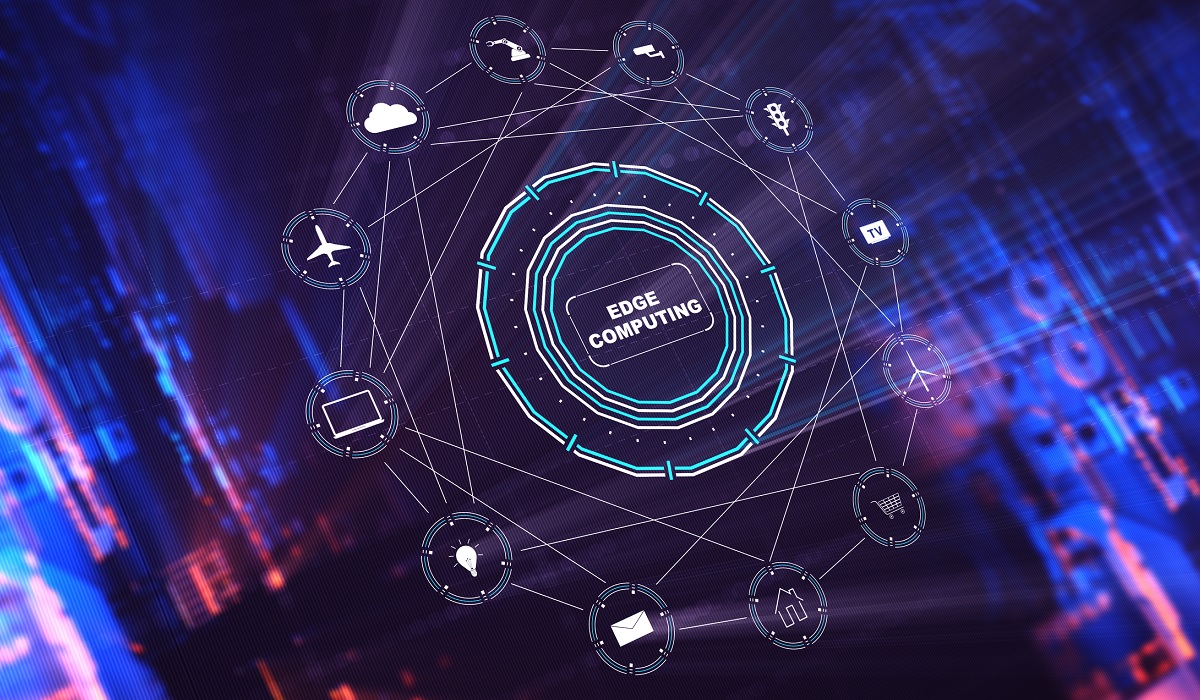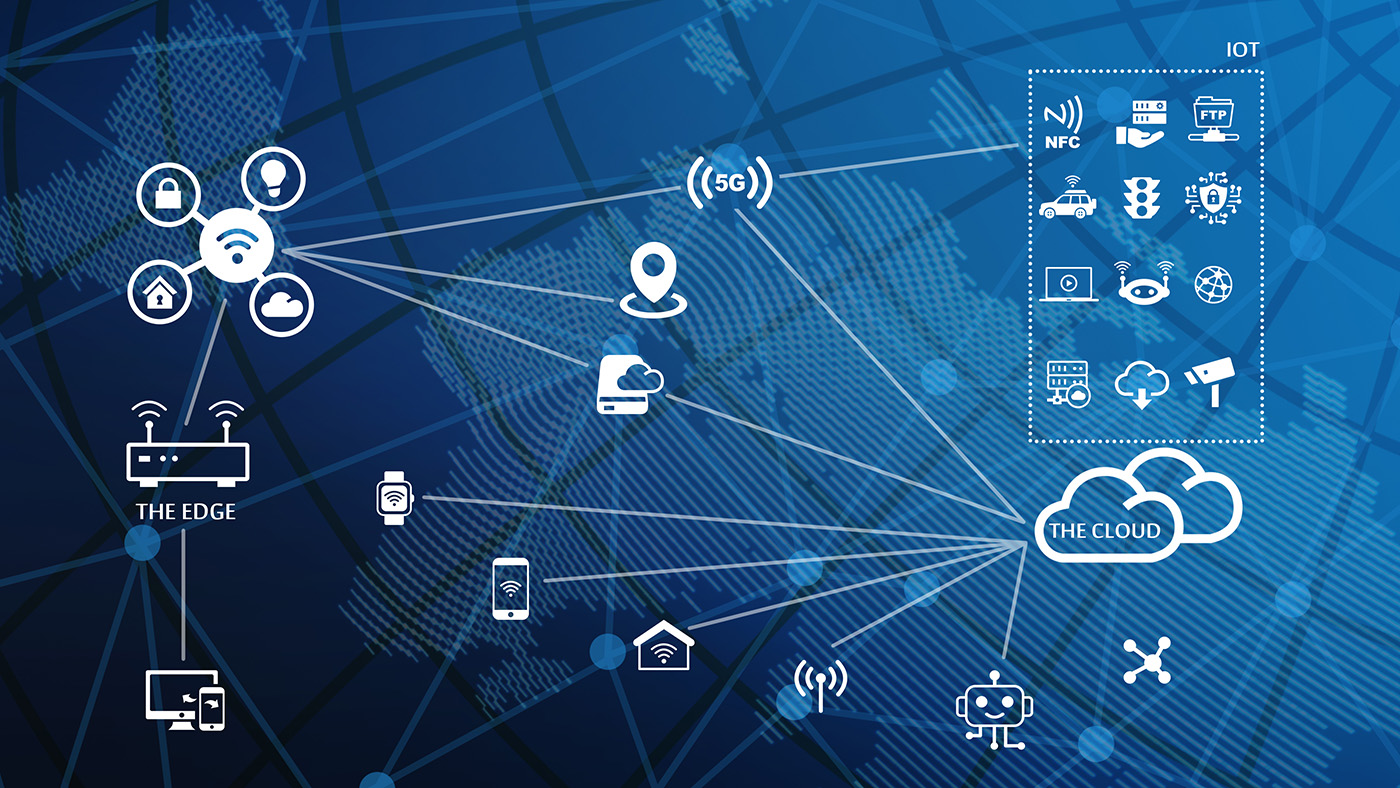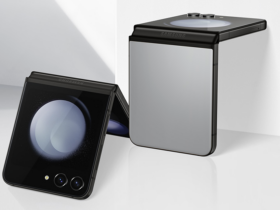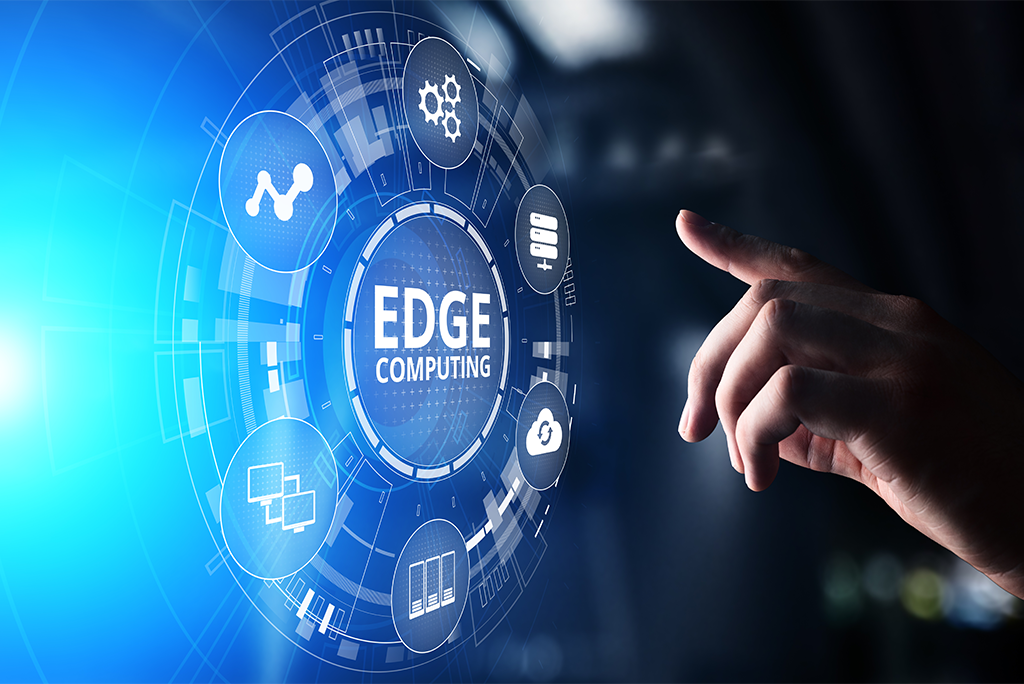In today’s fast-paced digital world, the demand for instant access to information and services has never been higher. This demand has led to the rise of edge computing, a revolutionary approach to data processing that is changing the way we interact with technology. Let’s explore how edge computing is unlocking new possibilities and reshaping the digital landscape.
Understanding Edge Computing
At its core, edge computing brings data processing closer to the source of data generation, eliminating the need to send information to a centralized data center for analysis. Instead, processing occurs at the “edge” of the network, whether that’s on a device itself or at a nearby server or data center.

The Need for Speed
One of the primary benefits of edge computing is its ability to reduce latency, or the delay between data transmission and processing. By processing data locally, edge computing enables faster response times, making it ideal for applications that require real-time decision-making, such as autonomous vehicles, online gaming, and industrial automation.
Empowering IoT and Smart Devices
The proliferation of Internet of Things (IoT) devices and smart sensors has generated vast amounts of data that need to be processed and analyzed in real-time. Edge computing enables these devices to perform local data processing, reducing bandwidth usage and enabling faster response times. This opens up new opportunities for applications such as smart homes, intelligent infrastructure, and wearable technology.

Enhancing Reliability and Security
Edge computing can also improve the reliability and security of data processing. By distributing processing tasks across multiple edge devices or servers, the risk of a single point of failure is minimized. Additionally, sensitive data can be processed locally, reducing the need for data to traverse the network and lowering the risk of exposure to security threats.
Driving Innovation Across Industries
From healthcare and manufacturing to retail and entertainment, edge computing is driving innovation across a wide range of industries. In healthcare, edge computing enables remote patient monitoring and personalized healthcare solutions. In manufacturing, it enables predictive maintenance and real-time quality control. In retail, it enables personalized shopping experiences and inventory management. And in entertainment, it enables immersive gaming experiences and on-demand content delivery.

Conclusion: The Future of Edge Computing
As technology continues to evolve, the potential of edge computing is only just beginning to be realized. By bringing data processing closer to the source of data generation, edge computing is revolutionizing the way we interact with technology, enabling faster, more efficient, and more secure applications and services. As businesses and consumers alike embrace the power of edge computing, we can expect to see even more innovation and advancement in the years to come.

















Leave a Reply